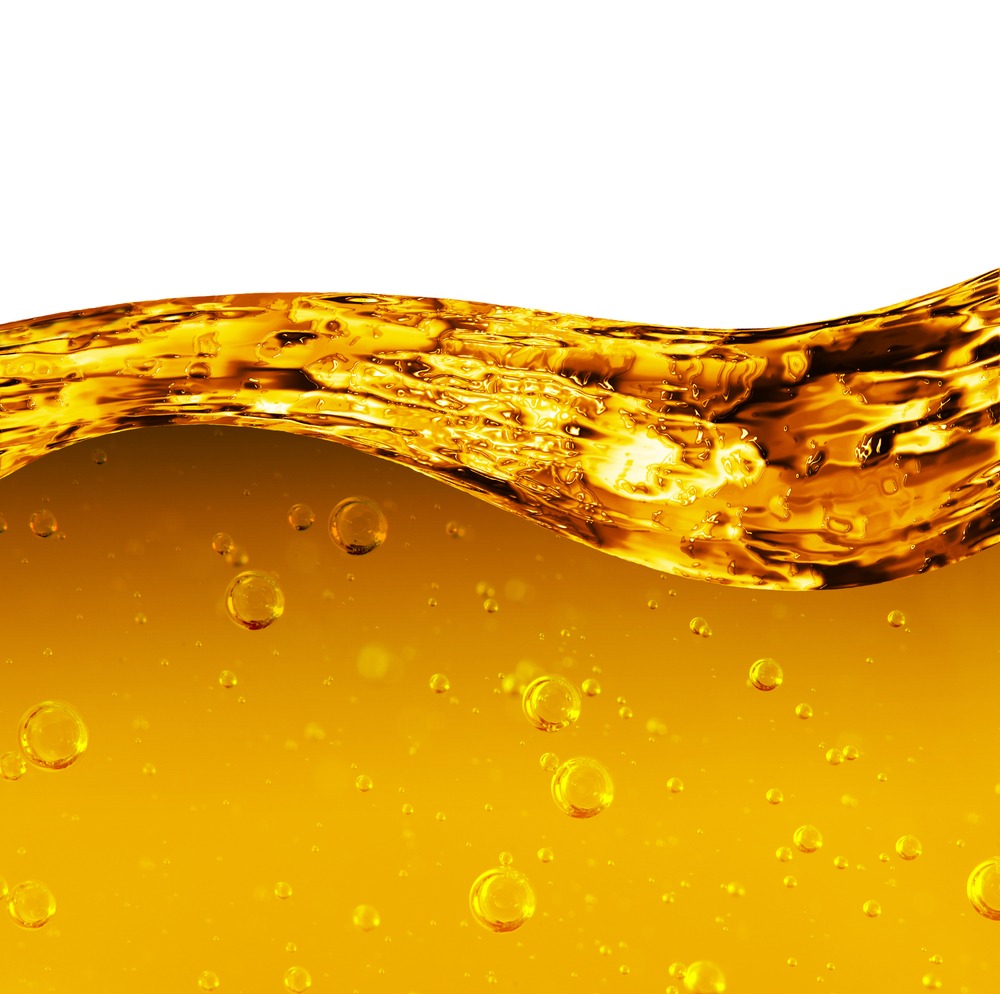
Ethanol-based high-octane fuels paired with optimized internal combustion engines can substantially improve a vehicle’s fuel economy and reduce emissions, according to two studies by the U.S. Department of Energy (DOE).
For the studies, the DOE analyzed the properties of liquid fuel components. The researchers discovered eight high-octane blendstocks could be blended with gasoline for better performance and showed the potential to improve fuel economy by 10 percent.
The fuels were scored on their ability to meet current critical fuel-quality requirements and to improve engine efficiency. Barriers to selling these blendstocks commercially by 2025 or 2030 were also noted.
Ethanol had the studies’ highest score.
“We strongly encourage the Environmental Protection Agency to take note of this research as it completes the Final Determination of the Midterm Review for the 2022-2025 fuel economy and GHG (greenhouse gas) standards,” Bob Dinneen, Renewable Fuels Association president and CEO, said. “Pairing advanced internal combustion engine technologies with high-octane, low-carbon fuels like E25 or E30 would be the lowest cost means of complying with increasingly stringent GHG and fuel economy requirements through 2025 and beyond.”
DOE’s studies were part of its Co-Optimization of Engines & Fuels initiative. The initiative’s goal is to identify ways to reduce emissions while improving fuel economy.